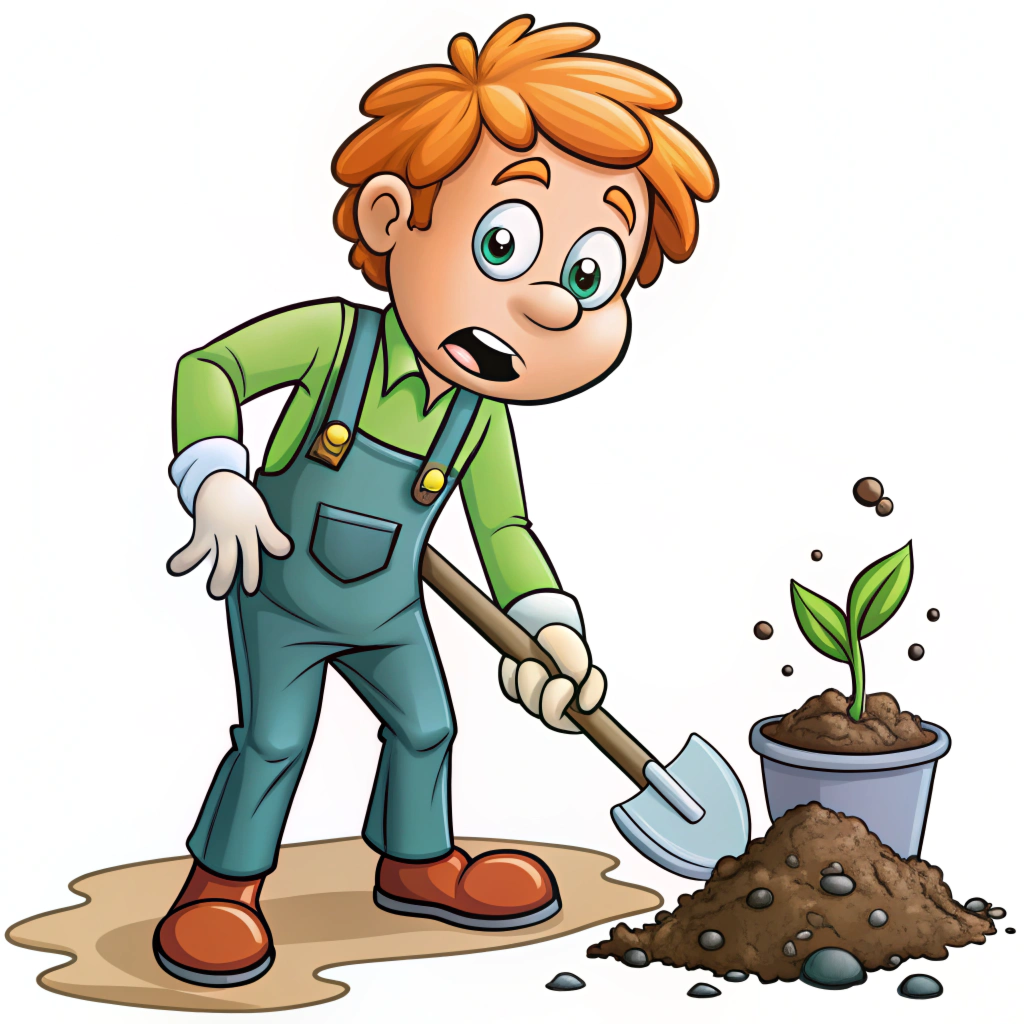Soil Poisoning
Soil poisoning, also known as soil treatment or soil sterilization, is a pest control method that involves applying chemical barriers to the soil to prevent termites and other pests from entering or damaging structures. This method is commonly used during pre-construction but can also be applied to existing buildings to protect foundations from pest invasions. The chemicals either repel or eliminate pests as they attempt to cross the treated soil.
Overview
Protective chemical treatment against termites.
Description
Soil Poisoning involves treating the soil around the foundation of your property with termiticides that create a protective barrier against subterranean termites.

How Does Soil Poisoning Work?
Soil poisoning involves applying liquid termiticides or insecticides to the soil around and under a building’s foundation. This creates a chemical barrier that prevents pests from entering the structure. The treatment can be done before construction (pre-construction soil treatment) or after a building has been constructed (post-construction soil treatment).
Types of Pests Controlled by Soil Poisoning
- Subterranean Termites
- Ants
- Beetles
- Other Soil Pests
The most common target of soil poisoning, subterranean termites live underground and tunnel through the soil to access buildings.
Some species of ants, particularly carpenter ants, may also be deterred by soil treatments.
Certain soil-dwelling beetles that can harm crops or plants may be controlled by soil poisoning.
Various insects and larvae that live and breed in the soil can be managed through chemical soil treatment.
How Does Soil Poisoning Work?
Soil poisoning involves applying liquid termiticides or insecticides to the soil around and under a building’s foundation. This creates a chemical barrier that prevents pests from entering the structure. The treatment can be done before construction (pre-construction soil treatment) or after a building has been constructed (post-construction soil treatment).
How to Implement Soil Poisoning
-
Pre-Construction
A termiticide is applied to the soil before the foundation is laid. This creates a protective barrier to stop termites and other pests from entering the structure through the ground..
-
Post-Construction
In existing structures, professionals inject termiticides into the soil around the foundation, ensuring pests can't reach the building. This is often used as a preventive or remedial measure in high-risk areas.
Frequently Asked Questions

Is soil poisoning safe for humans and pets??
Yes, when applied by professionals, soil poisoning is safe. The chemicals used are designed to remain in the soil, posing minimal risk to humans and pets after the application is completed.
How long does soil poisoning last?
Depending on the type of chemicals used and environmental conditions, soil poisoning can last 5 to 10 years, providing long-term protection against pests.
Can soil poisoning be done after construction?
Yes, post-construction soil poisoning involves injecting chemicals into the soil around the foundation of existing buildings, offering protection from termites and other pests.
What types of pests are controlled by soil poisoning?
Soil poisoning primarily targets subterranean termites but can also deter other pests like ants, beetles, and certain soil-dwelling insects.
Do I need soil poisoning for my home?
If you live in a termite-prone area or have experienced termite damage before, soil poisoning is highly recommended to protect your property from future infestations.

